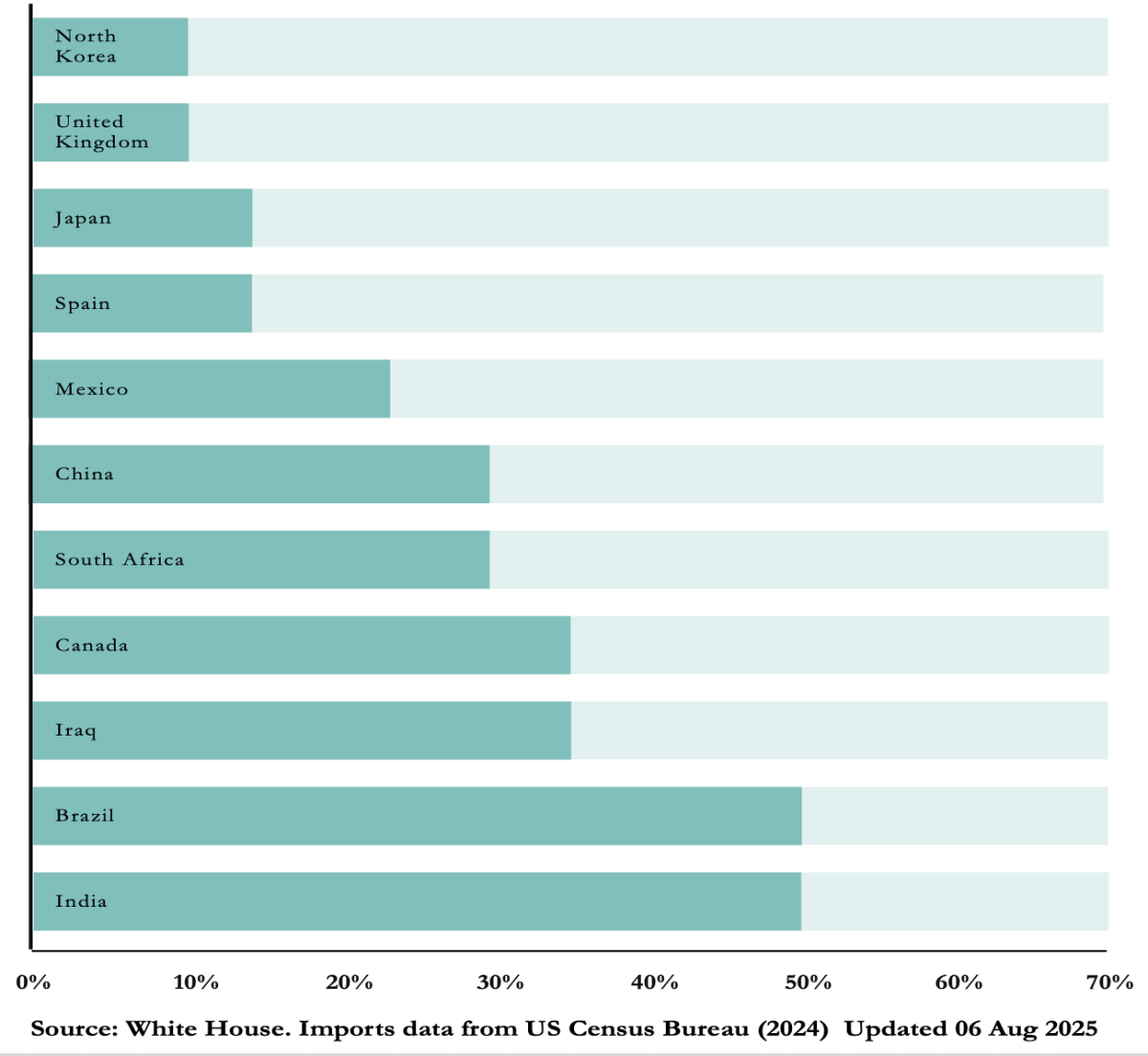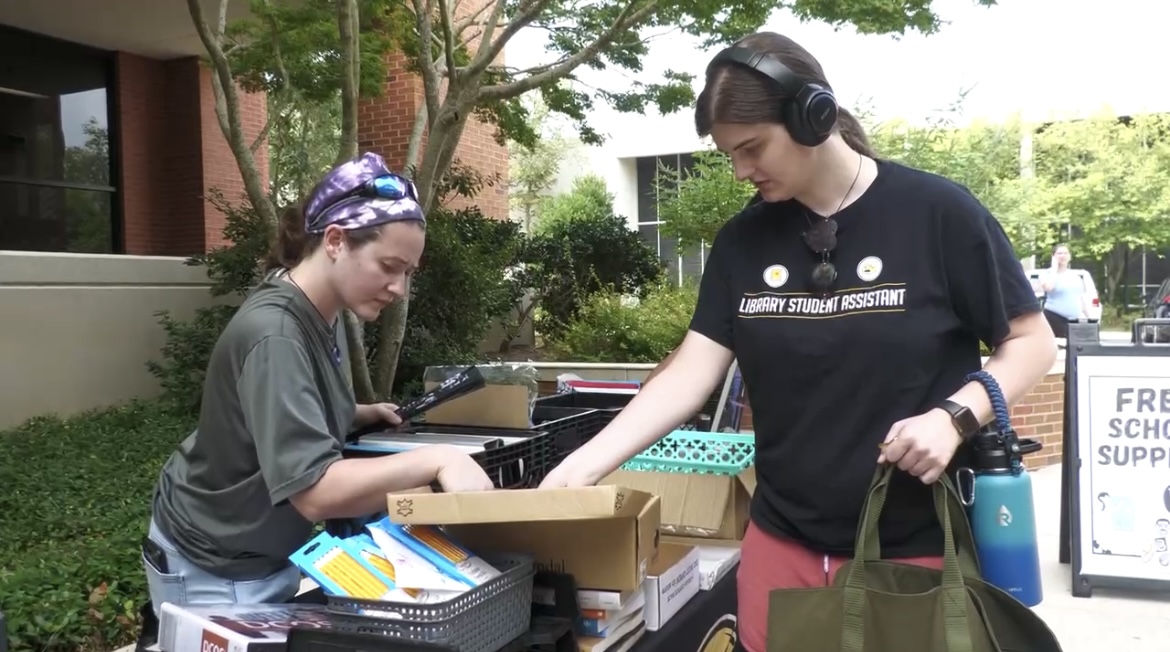Researchers at USM continue to advance alternative energy sources one vial of marine phytoplankton at a time. Integral to a larger research project involving institutes from around the world, including Duke University and the University of Hawaii, is marine science professor Don Redalje.
Redalje conducts research on local strains of marine algae at the marine science laboratory located at the Stennis Space Center and has been involved with phytoplankton research for over three decades.
Redalje and his team study two types of marine organisms — chlorophytes and diatoms. Redalje said these are the origins of the fossil fuels we use today. The research team uses these organisms to produce biofuels that will eventually replace petroleum and other fossil fuels.
“As a people, we’ve gotten so dependent on fossil fuels for everything from plastics, fuels [and] the chemical industry,” Redalje said. “We have to overcome the addiction that the planet has for oil.”
Marine algae supply a uniquely ideal source of energy. These organisms grow and thrive in both sea and brackish water and require no use of land or freshwater, which, like fossil fuel, is a dwindling resource.
“We’re not competing for land that could be used for growing, and we’re not having to augment with huge amounts of chemical fertilizers,” Redalje said. “It makes this the most viable pathway for us to be exploring.”
Redalje thinks he has found an especially unique strain that is optimally functional.
“I’ve particularly isolated one chlorophyte that is the best candidate in the world. It has the perfect fatty acid chain for making biofuels,” he said.
The project will begin its third round of research and development, this time funded largely by the Department of Energy.
According to the Department of Energy website, “[The department seeks] to increase the yields and lower the costs of algal biofuels by working with partners to develop new technologies, to integrate technologies at commercially- relevant scales and conduct cross-cutting analyses to understand the potential and challenges of an algal biofuel industry that is capable of annually producing billions of gallons of renewable diesel, gasoline and jet fuels.”
Redalje said the main goal of this period will be establishing methods to efficiently industrialize and commercialize the products in a cost-effective manner.
“We have to demonstrate in a convincing way that we can offset cost by being able to produce other coproducts,” Redalje said.
Coproducts are another crucial feature characteristic of these organisms that will play a significant role in establishing biofuel as a realistic alternative.
Marine algae contain lipids, which are chains of hydrocarbons that are burned in fuels to produce energy. The same organisms contain proteins that can be used in products like animal feed and pigments, as well as antioxidants, omega-3 fatty acids and even compounds that are anti-cancer agents.
Redalje said these high value products have a lucrative place in the pharmaceutical and nutraceutical markets.
“We want to take advantage of all these markets so as to offset the cost with the high value of those products,” he said. “We need to be able to convince the Department of Energy to open up their thought process to include coproducts as part of the research.”
Joseph Malandro, a marine sciences graduate student who worked with Redalje at Stennis, said these coproducts are key to getting biofuels commercialized.
“There’s so much potential and so much money in tandem with biofuels that could really lower the cost,” Malandro said.
Another advantage of industrializing the process of producing fuel from marine algae is the direct effect it would have on the present atmosphere. According to the U.S. Department of Energy, Mississippi’s transportation sector added 22 million metric tons of CO2 to the atmosphere in 2011 alone.
Redalje said setting up a biofuel commercialization plant next to a traditional power plant emitting carbon dioxide would make way for substantial reduction of greenhouse gases.
In addition, the biofuel plant would make no additional contributions of carbon dioxide to the atmosphere.
Biofuels and other alternative fuel sources are able to perform the same functions as traditional fuels with the same efficiency, according to Redalje.
“It’s a chain of hydrocarbons either way,” Redalje said. “It doesn’t matter where they came from — petroleum or algallipids.”
Redalje and Malandro believe the commercialization of biofuels is imminent and that persisting in research and development is essential.
“Whether we get there as a leader or whether we’re dragged there kicking and screaming, that’s definitely where we’re going,” Malandro said. “Renewable energy is global, and I feel like we would want to be first in the door.”









































